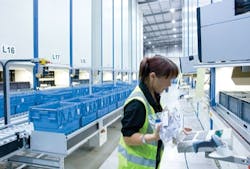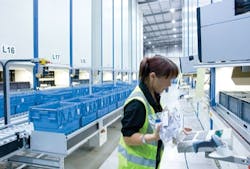UV & Ozone in Cooling Towers
Q: What are advantages and disadvantages in using UV light or ozone to treat cooling tower water?
A: The purpose of using UV or ozone is control of microorganisms in cooling tower water. Depending on characteristics of the makeup water, the control of the fouling, deposition and corrosion still needs to be addressed in some manner. We have three member companies that use ozone, electromagnetic pulses and ultrasonic waves to control microbiological formation. In all three cases, the suppliers state that you must control the concentration of the circulation water to prevent deposits.
UV:AdvantagesOzone:
- Low operating cost
- No biological control chemicals to handle or store
Disadvantages
- Cost of installation can be very high depending on pressure and circulation rate of the system
- Need system to monitor UV light operation
- Ineffective if water has even low levels of TSS
Ozone:
Advantages
- Low operating cost
- No biological chemicals to handle or store
Disadvantages
- High initial installation cost
- Need system to monitor generator operation
- Maintenance cost can be a problem depending on the source water
- Short contact time available for disinfection of system (periodic chemical treatment of alternate biocide may be necessary)
- Chemicals for deposition and corrosion control may be necessary depending upon makeup water quality
- Effectiveness in high TSS water can be a problem.

